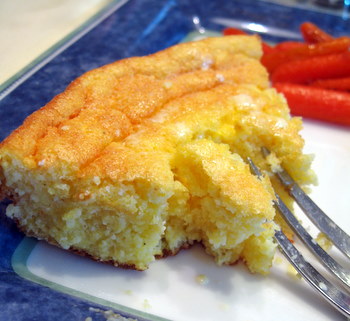Almond paste and almond meal are two ingredients that are quite easy to confuse – especially when you haven’t worked with either one before.
Both products start with ground almonds. Almond meal, which is also called almond flour, is made with nothing more than finely ground almonds. Technically, almond meal is really only made with almonds leftover from the almond oil extraction process and because the almond oil (sold separately as a flavoring agent) has largely been removed from the nuts, the resulting flour is drier and doesn’t stick together in large clumps. It can be made at home by whizzing almonds in the food processor so long as you are careful not to let the processor run too long and move the almond mixture past “finely groud” and into “almond butter” territory. Using regular almonds, in place of the more commercially used almond oil-less almonds, will not make a substantial difference in a recipe, and neither will using almonds with their skin on vs. blanched almonds.
Almond paste can also technically be made at home as it is a paste-like mixture of almond meal and sugar. Sometimes the almond flavor of the paste is boosted with the addition of almond extract or by adding almond oil back into the product. Typically sold in cans or tubes, almond paste has a texture that is similar to marzipan, but is less sweet overall.
Almond paste is soft and can be molded with your hands or incorporated into a batter or filling. It is often used as a base for tarts (as in frangipane) or as a filling for cakes. Almond flour/meal is frequently used to replace some or all the flour in a baking recipe. There is no gluten in it and it will not hold a mixture together like all purpose flour will, but it does contribute a lot of tenderness and moisture – not to mention an almond flavor – to a finished product.






Jen
February 5, 2018Thanks so much! This is exactly the information I was looking for. I appreciate the added background on how the flour is made that explains its texture and flavor.